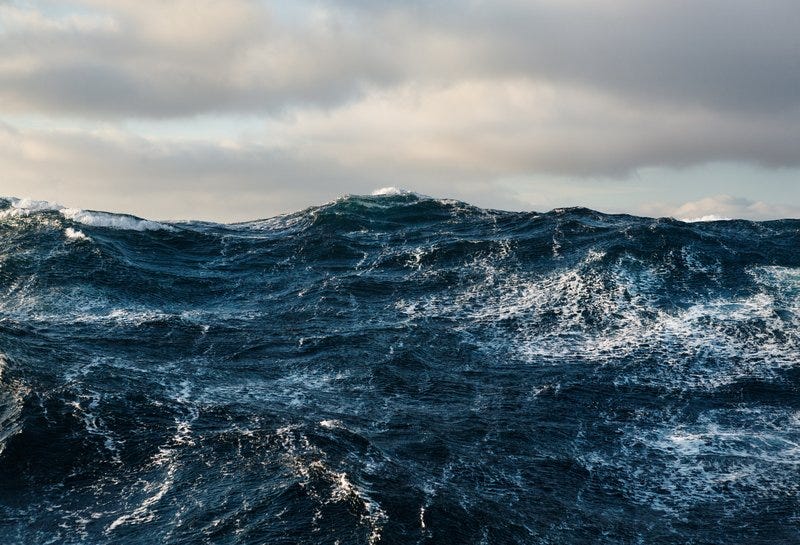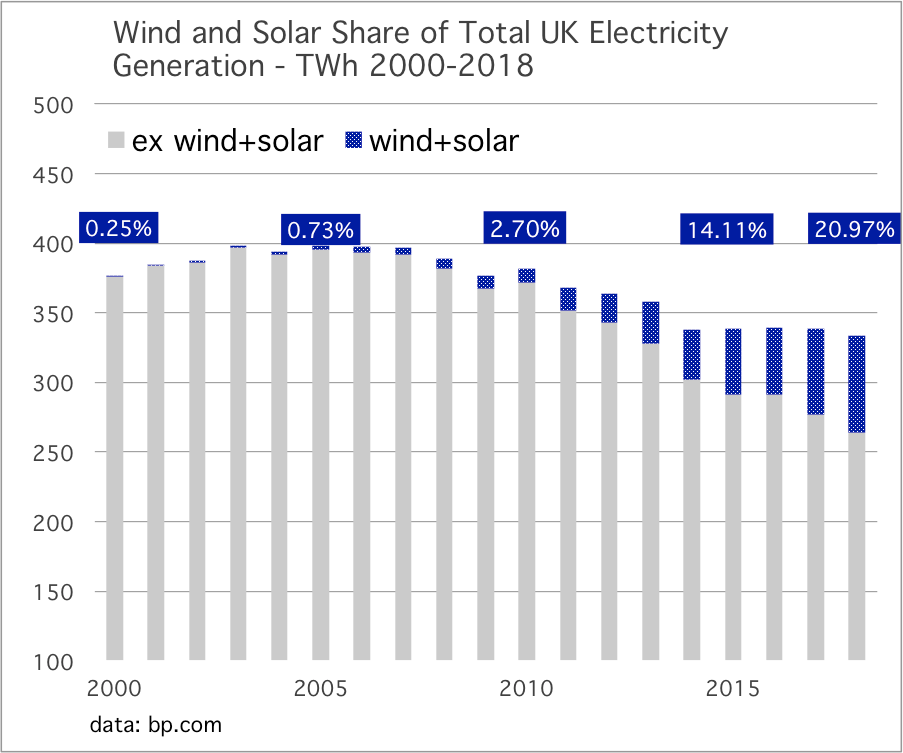
Fires in Australia have turned the mountain snows of New Zealand’s Southern Alps a dirty shade of pinkish-brown. Running rampant in Eastern Australia—roughly 2000 km away from the South Island—the bush fires collectively, by comparison, are far larger than California’s 2018 Mendocino fire as illustrated in these excellent graphics at Reuters. A stunning set of photographs from New Zealand based photographer Elizabeth Carlson appeared internationally in early December, and a good collection of them can be seen at Earther.
Climate in Swedish is klimat, which seems worth noting as Greta Thunberg was just named Time Magazine’s person of the year. The 16 year old activist is the youngest person to be named by Time, replete with front page coverage. I recommend an essay by David Roberts at Vox, who probes the dynamics of Thunberg’s success in sparking such large, international support. Her refusal (or perhaps, in part, an inability) to respond in expected ways to social cues seems to be a strong component of her power. Roberts also notes another paradox of her effectiveness: Thunberg avoids any specific policy cures. Without question, Greta is worth study for anyone in the business of persuasion.
Climate science and climate projections have predictive value. A recently published paper by Zeke Hausfather and co-authors found that, “14 of the 17 climate projections released between 1970 and 2001 effectively matched observations after they were published.” Hausfather discussed the work in a Twitter thread, and the paper was published at Geophysical Research Letters. As the decade comes to a close, the rollout of data and findings in the energy and climate area will accelerate, in my view, because the intensity of research and fact gathering has understandably increased in the past twenty years.
The British artist Banksy has a public mural in Venice, highlighting the advance of sea-level rise. The work originally appeared earlier in 2019, but was highlighted on the artist’s Instagram in December when the city suffered heavy flooding.

A methane release feedback loop remains a dangerous risk from climate change. A report this week suggested the Arctic may have already reached this tipping point. The Arctic Report Card, released annually from NOAA, offered evidence the Arctic may now be an increasing source of CO2 as the region’s permafrost thaws. Indeed, the report showed that annual temperatures over a trailing 12 month period were the second highest since the year 1900. “These observations signify that the feedback to accelerating climate change may already be underway,” the report concludes—from coverage in The Washington Post. A direct link to the report can be found at NOAA.
The dislodging of the seasons is one of the more bewildering aspects of climate change. The poet Jorie Graham has a fine poem, which I hope you will read, in the October 10 issue of the London Review of Books which alludes to this encroaching loss of stability. Needless to say, literature has long found meaning in the seasons, using them as units of account, and, a way to find our position through time. In the poem, Whom Are You, Graham quite expertly uses monosyllabics and the musical effects of the caesura to bind the reader’s attention. Not an easy thing to do. Indeed, I would argue the poem’s use of the caesura is dazzling: laid out in a well planned array. Graham’s musical structure unusually combines slowness and urgency, driving the poem straight to the heart.
Combustion of fossil fuels creates enormous heat loss (waste), whereas wind and solar are wildly more efficient. Accordingly, energy modelers have long forecasted that a transition to wind and solar will deliver an energy savings dividend. Is something like this happening in the United Kingdom? Using data from the BP Statistical Review, and the latest 2019 data from the UK government, Britain’s rapid transformation of its electricity system is increasingly paired with an overall decline in total electricity consumption. As of last year, combined wind+solar provided nearly 21% of power in the UK system, ten times the share from 2008’s 1.83%. In the same period, however, total electricity demand fell by 14%, from 388.1 TWh to 333.1 TWh.

There is no question the great recession of 2008-2010 looms large in any data series of the past decade. That said, the EIA reported last month that from 2005 to 2018, the US economy grew 25% while US energy consumption rose just a single digit, 1.0%. Back in the UK, we know the energy source hurt worst by the advance of renewables—and frankly, in the UK, we are talking mostly wind power—is coal. And while UK economic growth has been more tepid, it has still been positive: rising 9% from 2010-2017. When you look at the chart above, therefore, it would be reasonable to conclude that the UK’s success in nearly wiping out coal combustion to levels near zero, and replacing that capacity with a revolutionary buildout of wind, has indeed delivered a hefty energy dividend.
The insurance industry is increasingly hard-pressed to model climate change, because climate change upends all the models. The Wall Street Journal is currently publishing an ongoing series, The Price of Climate, and an early October installment focuses on the insurance industry. Historically, to build probabilistic models, the industry gathered historical data. But historical data may be declining rapidly in value. One example: the Persian Gulf, home to vast arrays of oil and gas infrastructure, has long been safe from damaging cyclones—historically. But recent research suggests risk of Gulf cyclones is rising. The WSJ quoted Princeton professor Stephen Pacala, also a board member of Hamilton Insurance Group: “Climate change makes the historical record of extreme weather an unreliable indicator of the current risk.”
To decarbonize the world’s energy system, you will want to see oil demand growth decelerate, and annual electricity production grow strongly. And that’s exactly what’s happening. In the 20th century, annual oil demand growth ran at 2% or more. More frequently in this century, that growth rate has fallen closer to 1%. And yes, that’s a very big difference. In 2019, oil demand growth is expected to fall short of 1%, as electricity generation once again grows faster. With the exception of 2015, global electricity growth will have overtaken oil growth in every year of the decade.

The end of oil growth is growing nearer in time. Please see this excellent summary from Seattle-based professor and entrepreneur, Rob Carlson, Seeing The End of Oil.
The Gregor Letter wishes everyone a relaxing holiday. What better way to mark the season (while we still have recognizable seasons) than to point your attention to the #treebybike hashtag on Twitter.


—Gregor Macdonald, editor of The Gregor Letter, and Gregor.us
The Gregor Letter is a companion to TerraJoule Publishing, whose current release is Oil Fall. If you've not had a chance to read the Oil Fall series, the single title just published in December and you are strongly encouraged to read it. Just hit the picture below.




